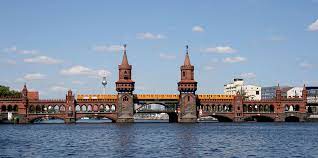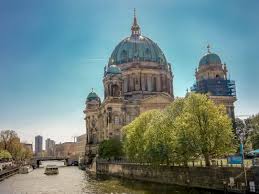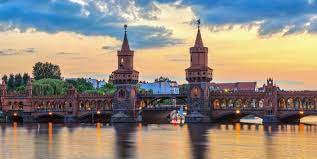Infectious Diseases Week 2023 Meeting & Hospitality
Address
The City
Berlin is the capital and largest city of Germany by both area and population. Its 3.7 million inhabitants make it the European Union's most populous city, according to population within city limits. One of Germany's sixteen constituent states, Berlin is surrounded by the State of Brandenburg and contiguous with Potsdam, Brandenburg's capital. Berlin's urban area, which has a population of around 4.5 million, is the second most populous urban area in Germany after the Ruhr. The Berlin-Brandenburg capital region has over six million inhabitants and is Germany's third-largest metropolitan region after the Rhine-Ruhr and Rhine-Main regions.
Berlin straddles the banks of the Spree, which flows into the Havel (a tributary of the Elbe) in the western borough of Spandau. Among the city's main topographical features are the many lakes in the western and southeastern boroughs formed by the Spree, Havel and Dahme, the largest of which is Lake Müggelsee. Due to its location in the European Plain, Berlin is influenced by a temperate seasonal climate. About one-third of the city's area is composed of forests, parks, gardens, rivers, canals and lakes. The city lies in the Central German dialect area, the Berlin dialect being a variant of the Lusatian-New Marchian dialects. The most commonly spoken foreign languages in Berlin are Turkish, Polish, English, Persian, Arabic, Italian, Bulgarian, Russian, Romanian, Kurdish, Serbo-Croatian, French, Spanish and Vietnamese. Turkish, Arabic, Kurdish, and Serbo-Croatian are heard more often in the western part due to the large Middle Eastern and former-Yugoslavian communities. Polish, English, Russian, and Vietnamese have more native speakers in East Berlin.



